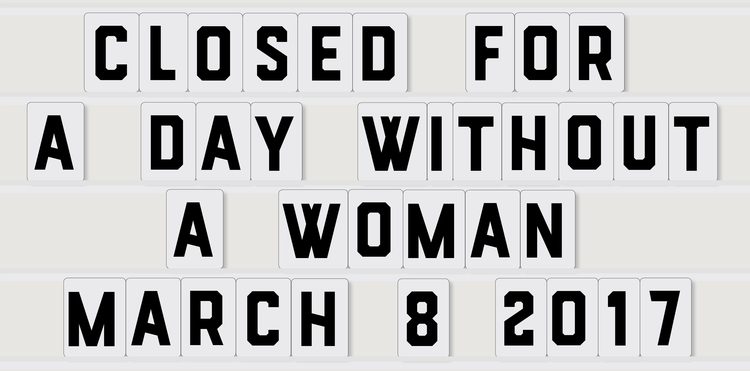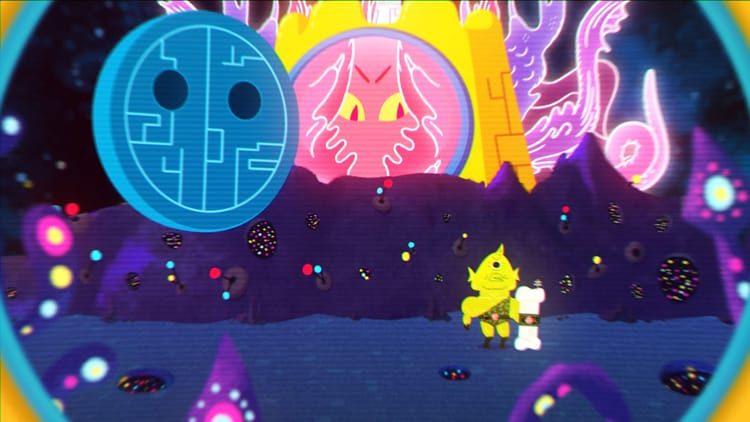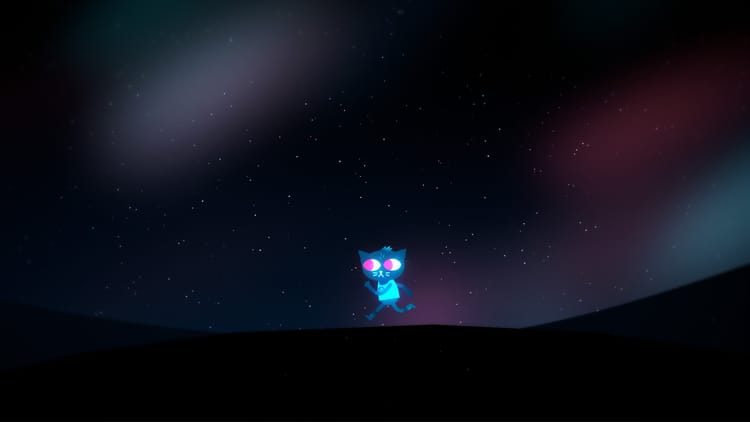If Tangerine is about technology it’s not in the way that you think

Last Tuesday, Instagram co-founder Mike Krieger announced the company was increasing its image resolution by nearly seventy percent. This is what adulthood looks like for apps: A leap in how we think about the artistic uses of technology gives way to gradual growth. A new sprinter grabs the baton and runs the next leg. To wit, mere days after Krieger’s announcement, Tangerine, a feature film shot entirely on iPhones, arrived in North-American cinemas.
We’re rolling out 1080×1080 uploads (and higher-quality viewing) for IG on iOS and Android. Let me know if feed looks a bit sharper today 🙂
— Mike Krieger (@mikeyk) July 6, 2015
Tangerine is primarily concerned with Sin-Dee Rella (Kitana Kiki Rodriguez) and Alexandra (Mya Taylor), two transgender women who are best friends and sex workers on the corner of Santa Monica and Highland in Los Angeles. (Director and co-writer Sean Baker met Rodriguez and Taylor, neither of whom are professional actresses, at a nearby LGBT drop-in centre.) Fresh out of jail, Sin-Dee returns to the corner on Christmas Eve and immediately learns that her boyfriend/pimp, Chester, has been cheating on her with a white, cisgender woman. Alexandra probably ought not have divulged this information: Sin-Dee strikes out in pursuit of the pair, consequences be damned. This, in a sense, is the least of Alexandra’s concerns. She is scheduled to sing at a bar later that night and is desperately trying to secure a respectable turnout. She hands out a postcard with the event’s details to everyone she comes across, including Razmik (Karren Karagulian), an Armenian cabdriver who has a wife and child but prefers the company of transgender prostitutes.
On Tangerine’s first Friday in theatres, a representative from its Canadian distributor introduced a screening in Toronto by reminding the assembled crowd that the entire feature had been filmed on an iPhone. See if you can notice, she challenged the audience.
It’s a fool’s errand. Above a minimum quality threshold, it’s not yet clear what—if anything—an iPhone movie looks like. Tangerine will surely help define that genre, but for now it’s just digital cinema. Moreover, much as you can convince a friend he’s drinking good wine by telling him it’s a 1959 Château Lafite, announcing that a movie was filmed on an iPhone is bound to produce confirmation bias. So sure, I suppose Tangerine looks like it was filmed on a phone, whatever that means.
See if you can notice, she challenged the audience.
To the extent that Tangerine has anything to do with technology, the connection has more to do with Baker’s aesthetic vision than his tools. Along with his co-cinematographer Radium Cheng, he shoots Tangerine in a highly saturated color palette reminiscent of an Instagram filter. Baker’s camera closely tracks Alexandra and Sin-Dee as they walk, but does so in the stuttering manner of an early first-person shooter, momentarily pulling in too close before jerking back. When music plays—much of it sourced from Trap artists on Soundcloud, according to a Wired report—the film’s characters walk with the swagger that comes from blasting a song in your headphones. In terms of its cultural sensibility, Tangerine feels like it exists within an iPhone as opposed to having been made with one.
Tangerine is not, however, a movie about technology. In fact, its characters cannot afford any technology at all. Alexandra advertises her gig using postcards and word of mouth instead of social media. In the film’s later stages, Sin-Dee asks her fellow passengers on a bus for the time. Nobody has a watch or phone to glance at. They all wait for the time to pop up on the bus’ digital display. Tangerine succeeds in large part because its digital influences never detract from the fact that it is a story about people who walk in circles (Razmik’s cab is the film’s pinnacle of mobility, both physical and financial) only to end up back at the corner of Santa Monica and Highland.
In that respect, Tangerine stands apart from other films with unusual casting and cinematographic choices. The 1:1 aspect ratio used in much of Xavier Dolan’s Mommy, for instance, reads as a directorial choice. Dolan dares you into believing that his film was shot with the immediacy of an iPhone, even if that is not the case. With its widescreen 2.35:1 aspect ratio, Tangerine never plays that card. Likewise, it doesn’t veer into the same territory as Steven Soderbergh’s The Girlfriend Experience, in which the casting of non-professional actors comes across as Soderbergh’s attempt to prove that he can make a film with anyone. He can indeed pull that trick off, but the film quickly becomes about his quest at the expense of his characters’. Tangerine, whatever you think of it, is about Alexandra and Sin-Dee.
That is not to say that Tangerine is without faults. Its opening scenes are shaky at best: Rodriguez and Taylor come across as the inexperienced actresses that they are; the film’s energy is not initially channeled towards any particular end. But Tangerine steadily grows in confidence, inexorably building towards an impressive final act. In their final scene together, Rodriguez and Taylor are no longer awkward performers; they are two women sharing a stunningly intimate moment. During that final scene, it’s easy to wonder what changed over the preceding eighty-something minutes. Maybe the iPhone 5s’ size helped Rodriguez and Taylor forget its presence, but that can’t be all. Technology progresses at a rapid pace—from Instagram to Baker’s tools of choice, an app called FilmicPro and prototype lenses from Moondog Labs—but Tangerine’s last scene is about something else: humanity.



